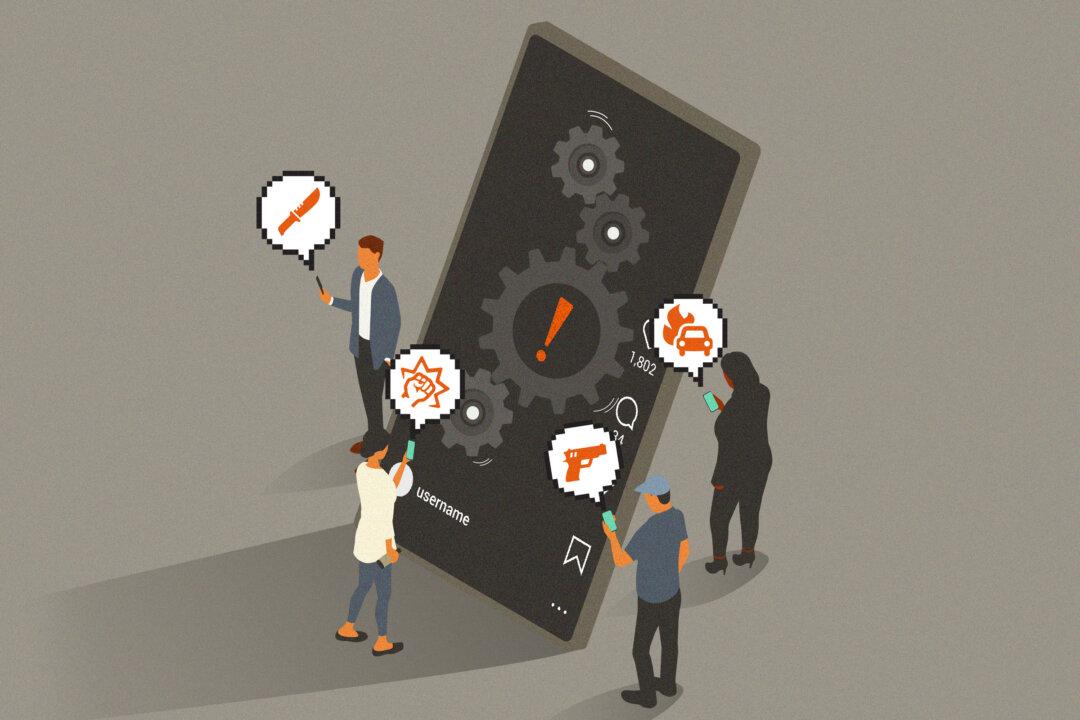The Federal Reserve’s anti-inflation efforts are becoming increasingly expensive. The U.S. central bank has paid out more than $90 billion to banks and money market funds over the past year for letting the cash of their clients lay dormant. The payouts have ballooned in recent months as the Fed has repeatedly hiked interest rates.
The Fed’s policymakers boosted rates from virtually zero in mid-March 2022 to more than 4 percent—the highest in more than 25 years—in a bid to curb inflation that has increased over the past year to a 40-year high of some 9 percent.





